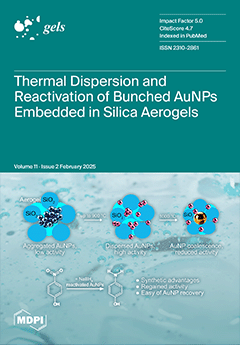The carob tree (
Ceratonia siliqua L.) is a defining species of the Mediterranean region, and its fruit, the carob pod, has seen a notable increase in economic interest in recent years, primarily due to the production of locust bean gum (E410), a
[...] Read more.
The carob tree (
Ceratonia siliqua L.) is a defining species of the Mediterranean region, and its fruit, the carob pod, has seen a notable increase in economic interest in recent years, primarily due to the production of locust bean gum (E410), a widely used food additive derived from the seeds. The remainder of the fruit, the carob pulp, comprises 80–90% of the fruit’s weight and is typically considered a by-product, with its primary application being in animal feed. This study focused on obtaining cellulose-rich extracts from selected carob varieties cultivated in the Mediterranean region. A comprehensive physicochemical characterization of these cellulose-rich fractions was conducted, including the assessment of their antioxidant properties, specifically total phenolics and antioxidant capacity measured by the FRAP, ABTS, and CUPRAC methods. The findings reveal that carob pulp is an excellent source of carbohydrates, including soluble sugars, which constitute 33–45% of the pulp’s fresh weight, depending on the variety, and cell wall polysaccharides. The cell wall polymers, with cellulose as the predominant component, account for approximately 45% of the fresh pulp weight. Notable amounts of other polysaccharides, such as pectins and hemicelluloses, were also identified. Among the studied varieties,
Bugadera and
Rotjal stood out as exceptional sources of cellulose-rich extracts. Carob pulp was also found to be rich in antioxidant compounds, reflected in its high antioxidant capacity. In particular, the
Bugadera variety, grown under irrigated conditions, exhibited a significant concentration of phenolic compounds (24.4 mg gallic acid equivalents per gram of pulp) and high antioxidant activity across all methods used, with ABTS measurements reaching up to 391.5 mg Trolox equivalents per gram of pulp. In conclusion, these results underscore the significant potential of carob pulp as a source of valuable cellulose-rich extracts, offering applications beyond its traditional use as animal feed. By exploring these new possibilities, the economic and environmental sustainability of carob cultivation could be greatly enhanced, contributing to the broader valorization of this iconic Mediterranean fruit.
Full article






